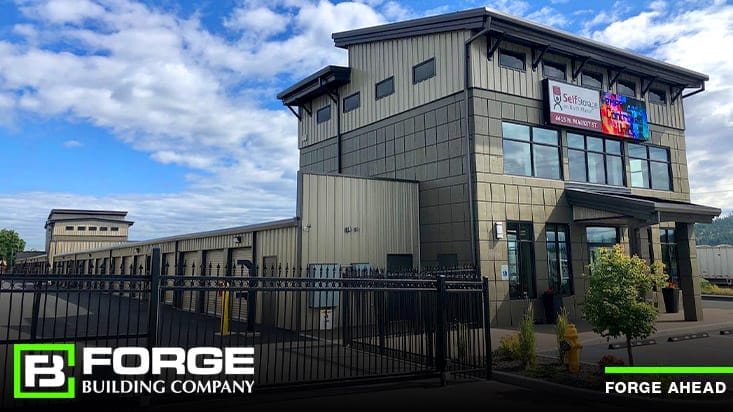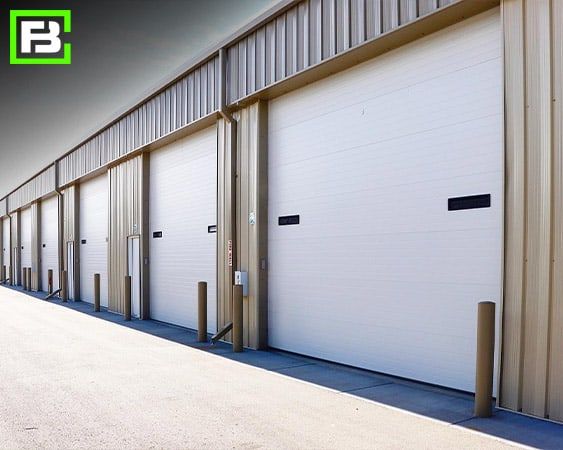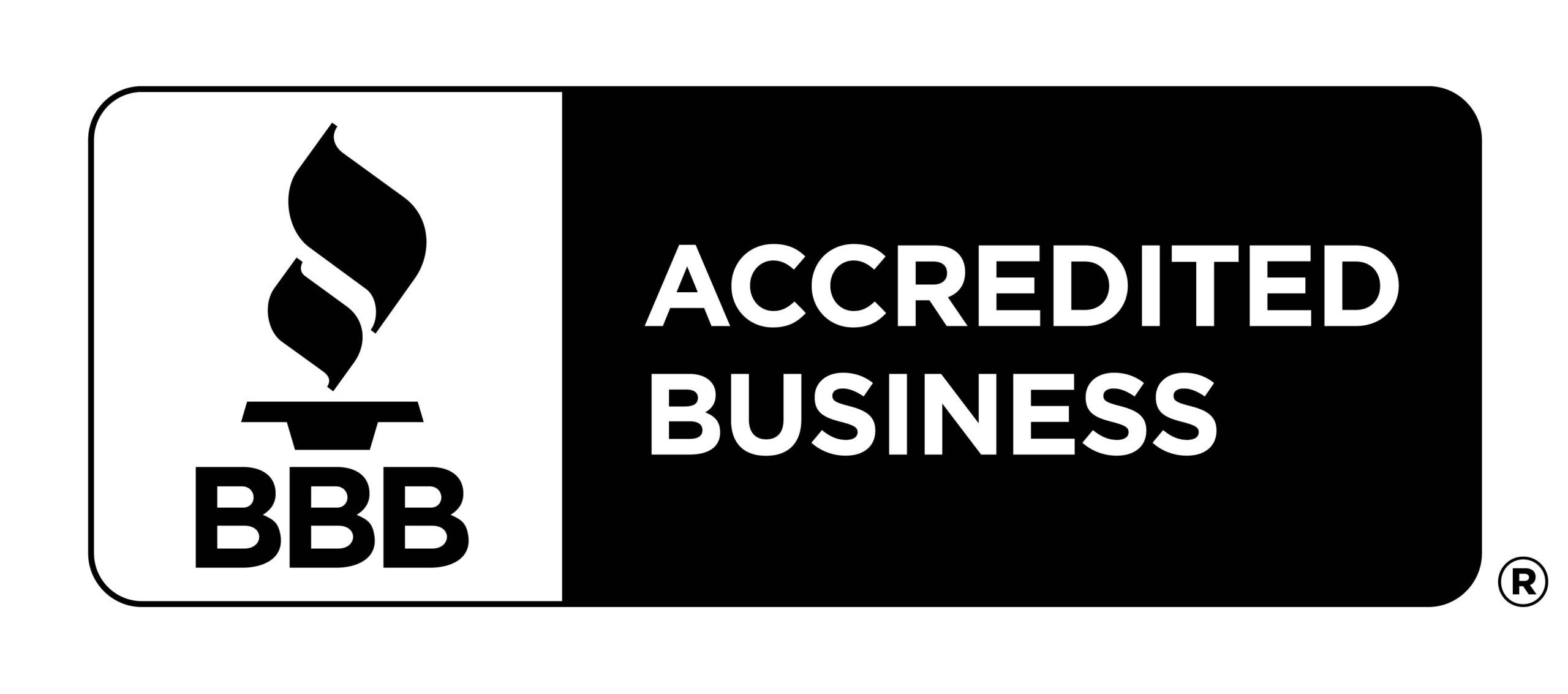Menu

As this generation ages, so does the Millennial demand for self-storage. Self-storage demand continues to remain high in U.S. markets that have cultivated a following among millennials, according to a November 2018 self-storage report from real estate data provider Yardi Matrix. The report says self-storage development activity (planned and under construction) is percolating in several metro areas that draw millennials:
Other self-storage markets that attract millennials — including Austin, TX; Denver, CO; and Charlotte and Raleigh-Durham, NC — also are seeing robust development activity.
In many cases, millennials are renting self-storage units in tandem with apartments because the cost per square foot of storage is roughly 30 percent less than it is for an apartment. Even in less-hyped markets like Minneapolis, MN, millennials living in apartments are boosting self-storage demand.
But it’s not just apartment-dwelling millennials who are driving storage demand. As more millennials buy houses and amass wealth, they’re behaving more like their predecessors, and that includes renting storage units. As a percentage of households, millennials make up the biggest share of storage users in the U.S.
The Self Storage Association’s most recent demand study, released in December 2017, found that 14 percent of millennial households in the U.S. rented storage, with Generation X at 11 percent and baby boomers at 7 percent.
 Aside from shorter lengths of stay, some millennials are seeking out smaller storage spaces, presumably because millennials have less stuff than baby boomers. Rents are growing less for non-climate-controlled than for climate-controlled units, according to Yardi Matrix. (See our blog post on Generating More Revenue by Offering Climate Controlled Self-Storage)
Aside from shorter lengths of stay, some millennials are seeking out smaller storage spaces, presumably because millennials have less stuff than baby boomers. Rents are growing less for non-climate-controlled than for climate-controlled units, according to Yardi Matrix. (See our blog post on Generating More Revenue by Offering Climate Controlled Self-Storage)
Millennials are a “positive force” for self-storage expansion, Jeff Adler, vice president of Yardi Matrix, pointed out during an October 2018 webinar. Millennial employment is rising versus other age groups and millennials household formation is up too; the oldest millennials are now 40.
In a report published by Fort Worth, TX-based Karr Self-Storage, a team within Marcus & Millichap’s National Self-Storage Group emphasized that millennial demand for self storage is poised to lead the next generation of storage consumers, partly because of their desire for lifestyle flexibility and mobility.
“Many in the industry assumed that student debt, at-home living and slower career acceleration would prohibit the millennial cohort from becoming a reliable tenant base,” the Karr Self-Storage report says. “Although these macro trends may exist, many young people are obtaining full-time careers, purchasing homes, starting families and utilizing storage, just like previous generations.”
While Millennials took a little longer to become consumers, today they are buying houses, accumulating wealth, and are starting to behave like previous generations. As a percentage of households, they have the highest usage of storage and rank second when it comes to total users of storage. Millennials are the fastest growing client cohort. What remains to be seen is if they will be valuable clients. Today, many of them have a shorter length of stay than Gen X or Boomers.
Storage is a need-based product, generally triggered by some sort of a life transition (moving, remodeling, military deployment, going to college, divorce etc.). This applies to Millennials the same way it did to previous generations, and, on average, Millennials are more transient, so they are experiencing these transitions at a more frequent rate than previous generations. Also, with many of them living in smaller spaces in urban areas, some are using storage as a permanent solution for their lack of space.
Millennials are most focused on the location, the price and the ease of doing business with the storage provider.
 Technology has played a significant role in the storage industry, especially when it comes to how clients are acquired. Millennials spend significantly more time on devices than previous generations. Therefore, the focus should be on digital advertising, search engine optimization, advertisements and social media. Since storage is need-based, once people have the need, they generally rent quickly. Self-storage companies need to make sure they are visible online when they are making that decision.
Technology has played a significant role in the storage industry, especially when it comes to how clients are acquired. Millennials spend significantly more time on devices than previous generations. Therefore, the focus should be on digital advertising, search engine optimization, advertisements and social media. Since storage is need-based, once people have the need, they generally rent quickly. Self-storage companies need to make sure they are visible online when they are making that decision.
According to a Self-Storage Association study, 14% of all Millennials are already renting a self-storage unit. They also access the self-storage units quite often, with 20% visiting their unit several times per week, and are very interested in having access to their stuff 24/7. 61% of Millennials who rent self-storage say that anytime access to the unit is the most important feature for them.
Overall, Millennials are the most demanding generation when it comes to self-storage amenities. They really want it all: controlled humidity (51% of Millennial clients), pest control (57.7%), flexible contracts (52.8%), flexible means of payment (51.3%), discount rates for long-term contracts (50.9%), fire sprinklers (47.2%), tools for loading and unloading (46%), security guards (44.7%), and facility website (54.3%). While some believe millennials will use storage less than previous generations, data from Marcus & Millichap’s “2018 U.S. Self Storage Investment Forecast” suggests they will continue the demand trend as they still, although slightly later in life, are forming families and accumulating material possessions.
